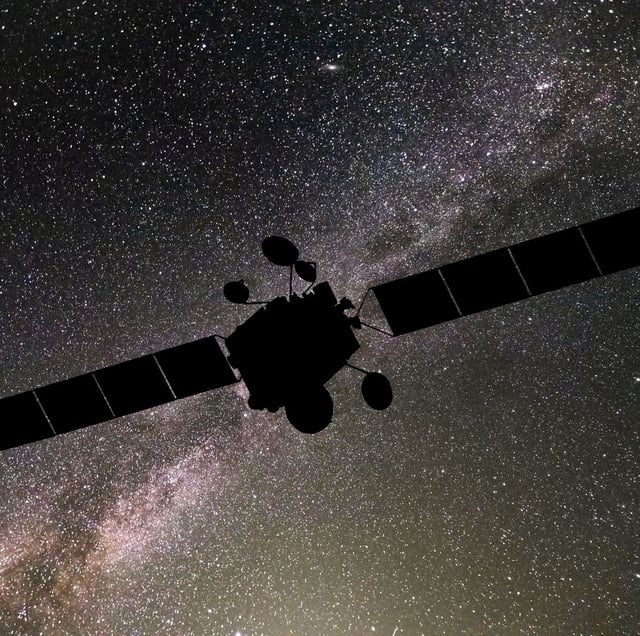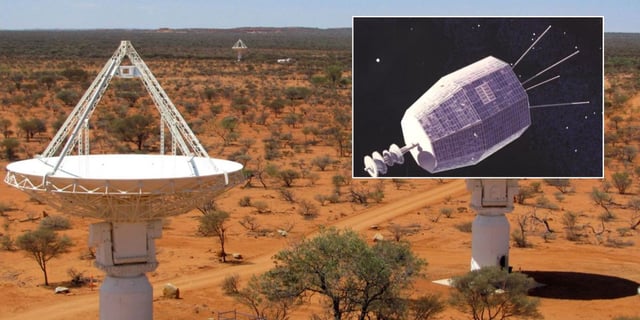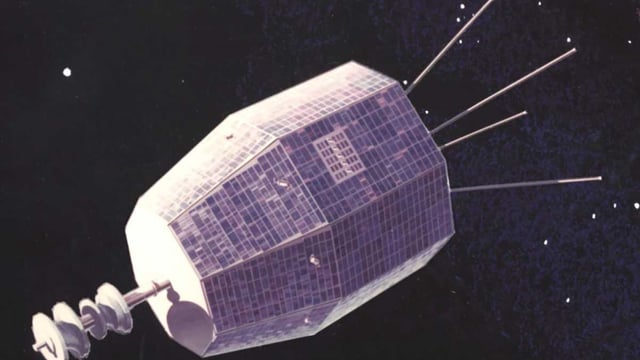Overview
- Researchers used the Australian Square Kilometre Array Pathfinder in Western Australia to detect a 30-nanosecond burst and overcame severe image blurring by omitting select antennas.
- The signal was localized at approximately 4,500 kilometers above Earth and definitively linked to the defunct Relay Two telecommunications satellite.
- Electrostatic discharge between the satellite’s surfaces and space plasma is now the leading explanation for the burst, with a micrometeoroid collision still under consideration.
- Relay Two was launched in 1964 and failed by 1967, and it had no active systems capable of emitting radio signals until this electrostatic event.
- The team is proposing new ground-based radio arrays to monitor electrostatic events on aging spacecraft and safeguard operational satellites.


